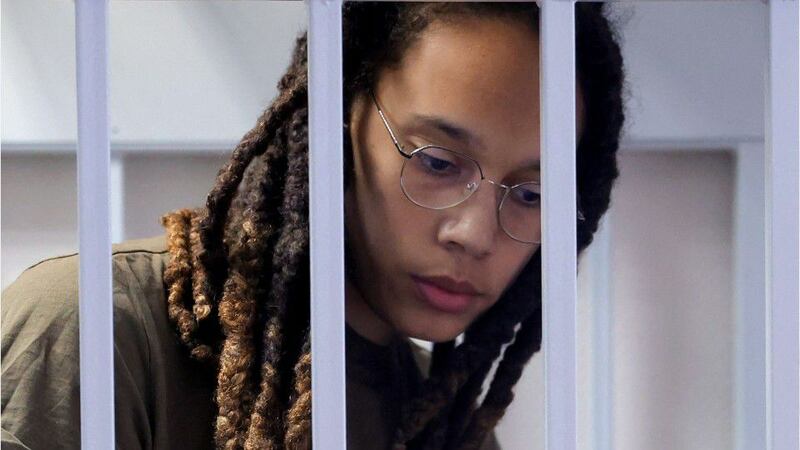On Aug. 4, 2022, WNBA star Brittney Griner was sentenced to nine years of prison time to be served at a Russian penal colony.
The sentence may have some wondering what a penal colony is.
Definition
According to Merriam-Webster, a penal colony is a place where prisoners are sent to live.
But they are more than a typical jail or prison.
According to the website History Hit, penal colonies historically “were set up on small, largely barren or unpopulated islands.”
They became popular in the early modern period and bring with them a harsh life for those serving time.
History of penal colonies
Britain introduced the Transportation Act in 1717, which allowed the relocation of prisoners to the American colonies where they were put up for auction to serve out a seven-year sentence of labor.
France also sent its prisoners to colonies in Louisiana at that same time.
In the 19th century, Britain started sending prisoners to Australia, sometimes for small crimes, for example, for stealing bread. Once a sentence was finished, many former prisoners just remained in Australia, History Hit said.
Downfall of penal colonies
Many countries that used penal colonies for punishment started to abandon the locations once they started to make a push for humane sentencing with a focus on rehabilitation over punishment, History Hit explained.
Some former penal colonies are now macabre tourist destinations, including Alcatraz, Robben Island in South Africa and Green Island in Taiwan.
Russian penal colonies, prison system
The Russian prison system, as of last year, held almost 520,000 inmates, The Associated Press reported. Many of the prisons are collective colonies that evolved from the Soviet gulags where prisoners sleep in dorms and work in production facilities.
“You are in a huge room, with 40 or 80 other men. It can become unbearable,” Valery Borschov, a former member of the Russian Parliament who served on a committee focusing on prison reform, told The New York Times in 2021.
The hard labor of mining and timber under Josef Stalin’s gulags had changed to sewing military uniforms, the Times reported.
Olga Romanova, the head of a prisoners’ rights group, told the AP in 2021 that Russian President Vladimir Putin “wants to have a frightening instrument in his hands. You need to have a place where everyone is afraid to go.”
Of Russia’s 692 penitentiaries, 684 were penal colonies in 2021, the Times reported.
Konstantin Kotov, who served 18 months in a penal colony more than 50 miles from Moscow for being part of an unauthorized protest, called the facilities “pretty good” as they were renovated and had “more-or-less decent food” but noted that medical care was slow. Kotov said he had to wait two months to have a rash examined. The rash turned out to be scabies. The only current medical equipment at the time that he saw was an X-ray machine.
Kotov also said that guards at his prison harassed inmates for minor infractions, including not greeting an officer or not wearing gloves in cold weather.
“What’s most important about these reprimands is that they use them to strip you of a chance to get parole. So you fail to greet an officer and will stay behind bars to the end of your term,” he told the AP in 2021.
Russian nationalist leader Dmitry Demushkin told RT that the physical toll is hard on prisoners, the AP reported.
“Much worse than beatings is the detention regime. You either stand for six to eight hours a day or you sit with your back straight, legs together, arms on your knees and nothing can be done,” Demushkin said. “For any action, for example, if you want to scratch your nose, you have to get permission from the ‘activists.’”
Activists are the other inmates who work with guards and report on prisoners’ behavior.
©2022 Cox Media Group








